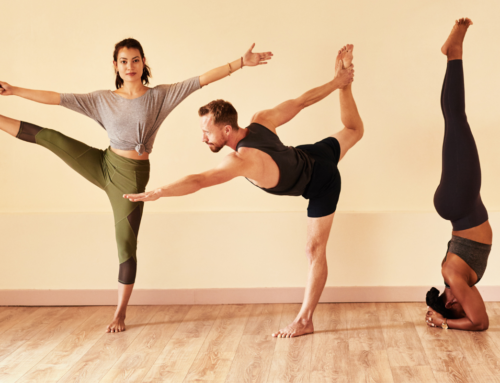As I said in my previous blog on the importance of rehearsal, you need to rehearse both the content, and the non-verbal aspects of a presentation. Many people don’t think they need to walk through a speech physically — I’ll just run through the points in my head — but they do. I can always tell someone who hasn’t rehearsed, because sooner or later you’ll catch that deer-in-the-headlights look as the speaker thinks to himself, whoah, I didn’t see that coming.
One really useful rehearsal for improving your non-verbal performance is the babble rehearsal. How does this work? You stand up in front of one or two very close colleagues or friends, and give the speech without using recognizable words. Instead, babble, while trying to convey as much of the speech as you can with your facial expressions and gestures.
What you see people doing, as they struggle to get the meaning across, is upping the ante enormously on their gestures. And, because most people don’t gesture enough, or animate their face enough, the result is a more charistmatic, interesting speaker and speech.
(Strangely, some people have a hard time babbling. If you can’t make up babble words on the spot, then just say "blah blah blah.")
Now, obviously you have to use the rehearsal to find the ‘top’ of your game, and then throttle back in the actual delivery of the presentation. But, if your friends or colleagues will give you candid feedback, they will tell you that you’re not as over the top as you think.
Many speakers play it safe when they’re speaking, and they rein in their facial expressions and gestures in order not to appear less than wholly dignified. But the result is more often boredom than dignity.
Give the babble rehearsal a try. Then retain something of the increased energy when you actually speak, and you will be a more charismatic speaker.








[…] Rehearsal 2 is for Body Language […]